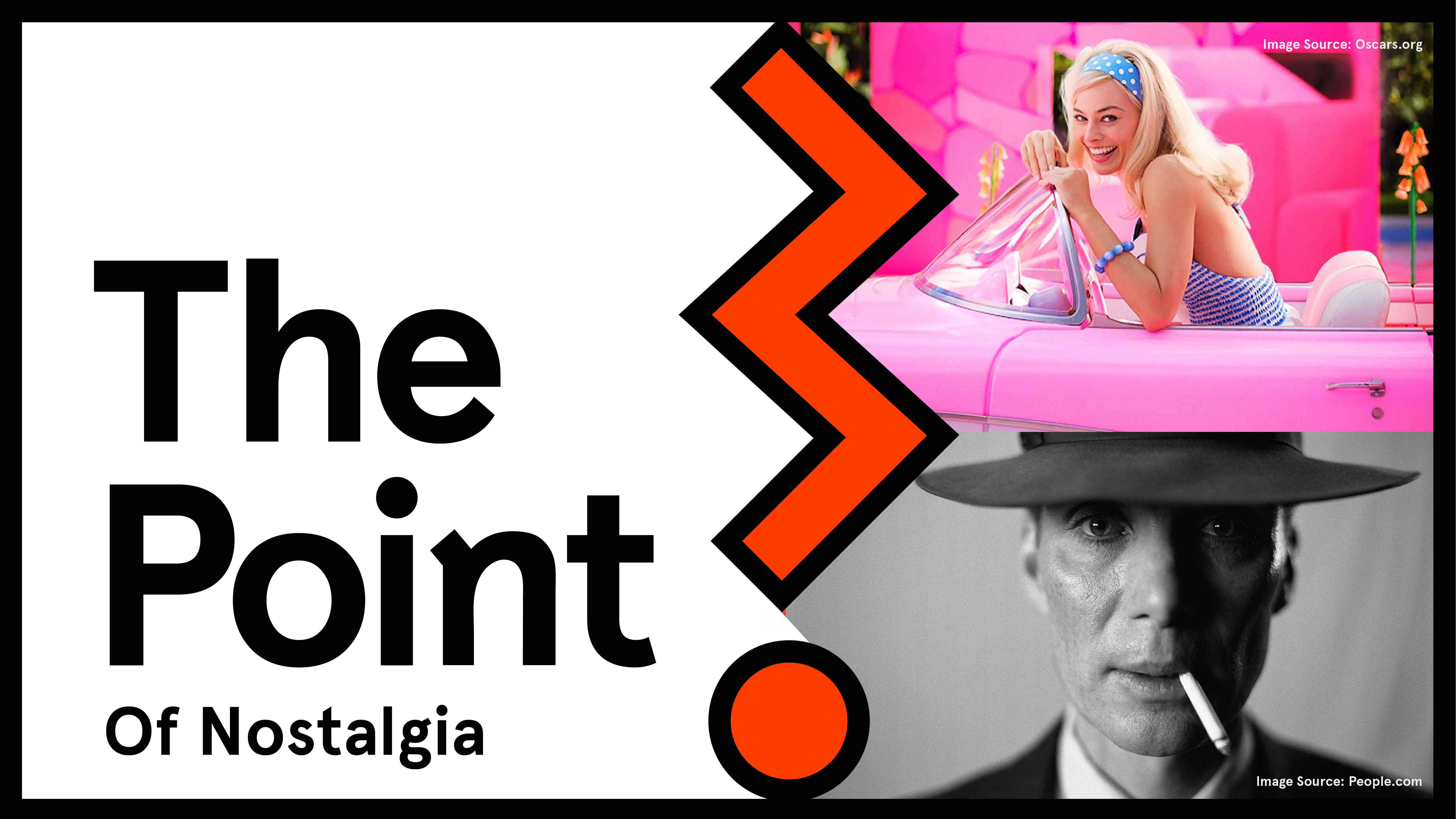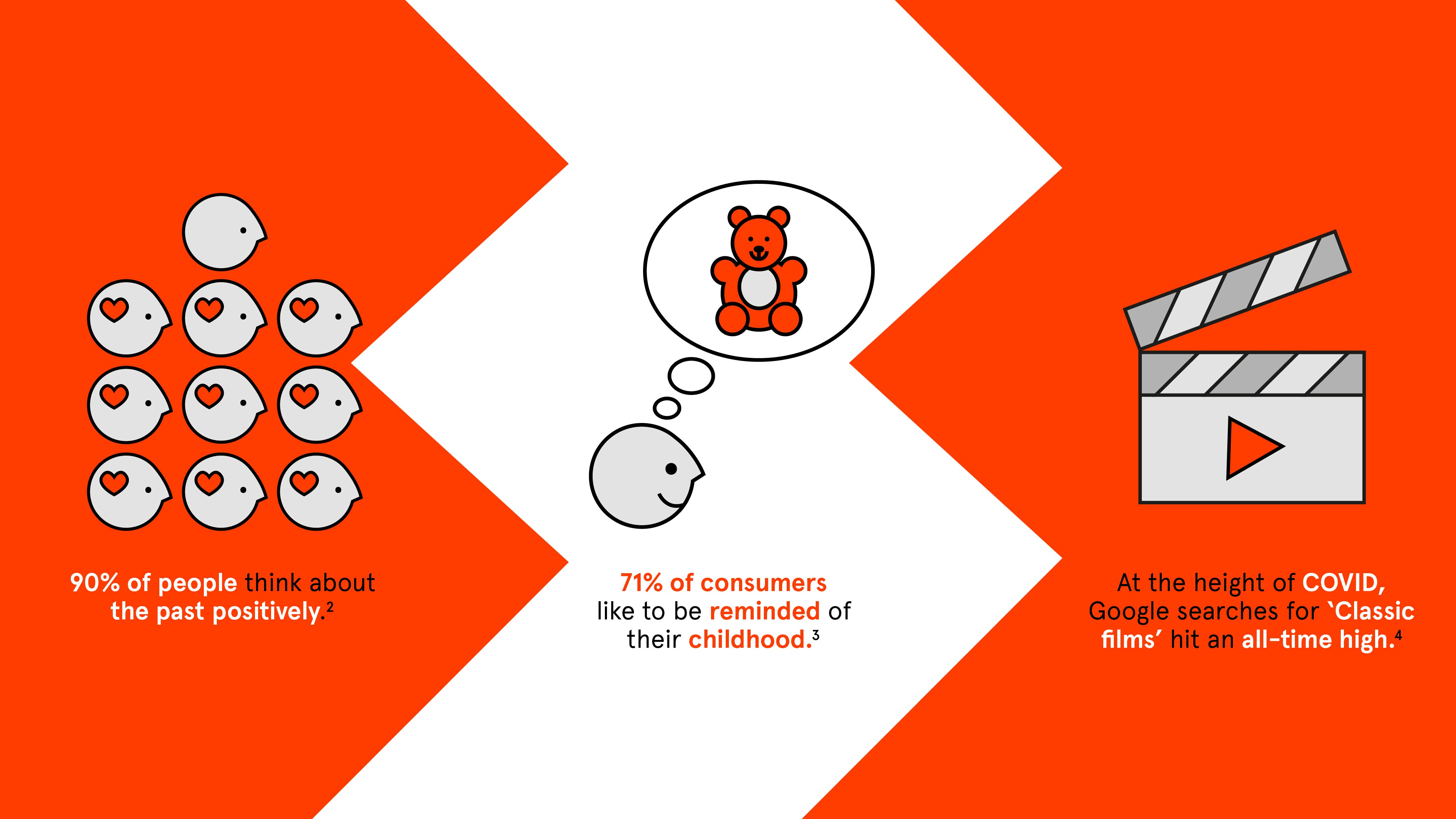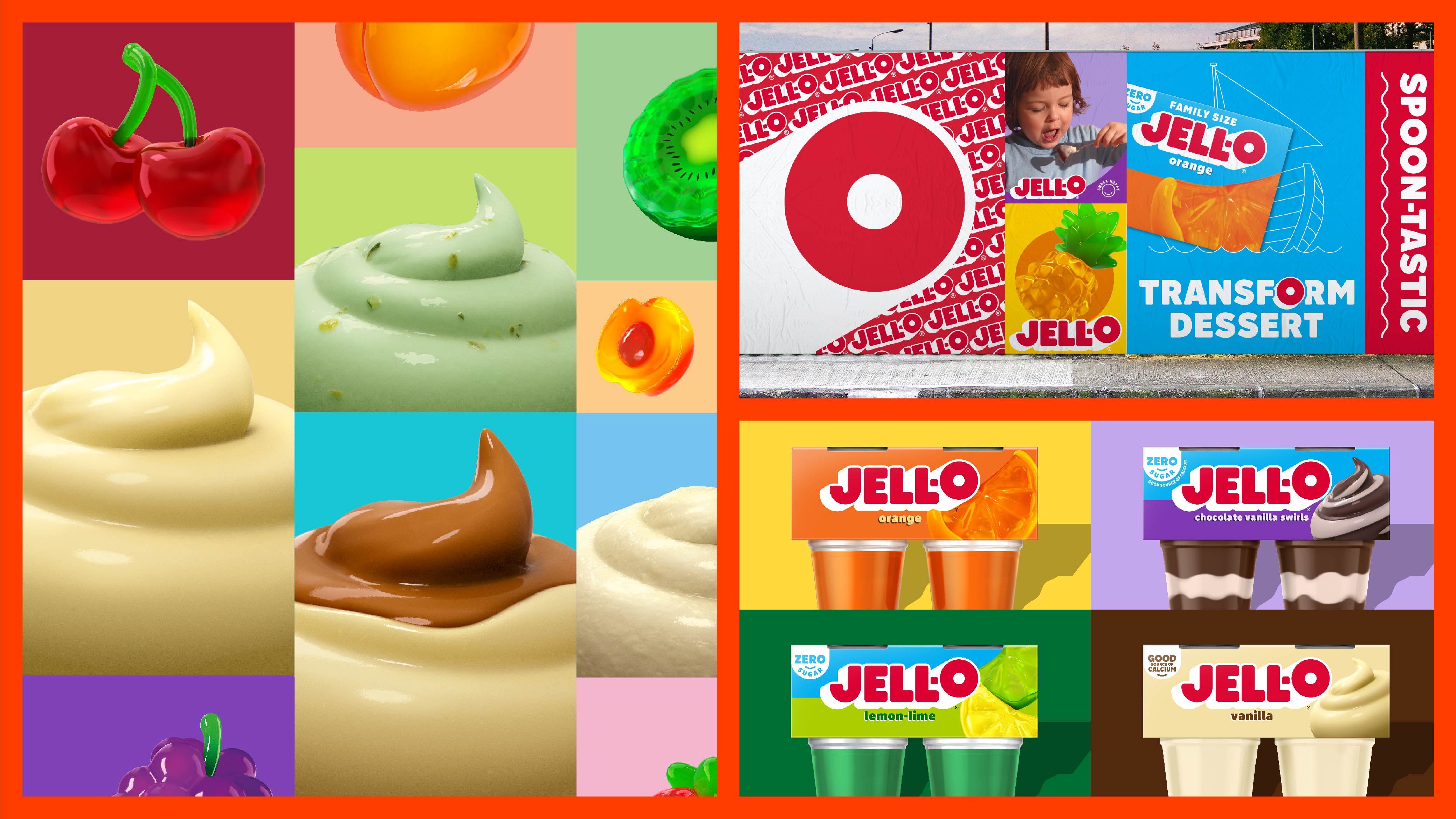Get to The Point of nostalgia and why it means more that just the same old, same old.
The Point

What is nostalgia?
For all the joys life has to offer, it can often be uncertain and overwhelming. So it makes sense that we seek solace in something familiar and trusted. Look at any time of unrest, or crisis and you’ll see a return of some sort - take the 2008 financial crisis, correlating exactly with the revival of vinyl records . Nostalgia offers comfort and control when the present seems to offer none.

Where’s nostalgia going?
But modern nostalgia is more than just evoking days gone by. Let’s dig in further.
Nostalgia isn’t just about remembering what we’ve experienced. Gen Z are feeling 80s vibes, despite having not been born for another 15 years, and have gone all in on the Y2K aesthetic, despite only being babies. And Netflix’s Bridgerton series sparked an infatuation with the Victorian era – so much so that sales of corsets rose by over 100%.
In each of these cases, nostalgia isn’t a memory box, but a toy box. It grants access to the past and lets us pick and choose the best bits of whatever era we like, bringing it into modern life.
Even tech, the most future facing of industries is looking back. Nokia’s return to the flip phone, Instagram’s (incoming) nod to original MySpace features, and Y2K-inspired digicams all bring an idealised view of the simpler, good ol’ days into the present. Now, who’s up for a game of Snake?
However we’re reminded of childhood, nostalgia paints a much-welcomed picture of a carefree, fun-filled time. Brands are increasingly tapping into this, with the colourful innocence of the ‘Kidcore Aesthetic’ taking over TikTok, designer brand Gucci printing Donald Ducks across their luxury ranges, and Barbie and Super Mario once again gracing our cinema screens. It’s playtime again.

What’s The Point?
Nostalgia isn’t just about remembering the past – or even recreating it - but about evoking a recognised, controllable feeling. So when it comes to brands, simply recreating the past can never be the end goal. Use nostalgia as a shortcut to your promise, connecting your brand and your audience to a particular emotion, whether that’s fun, or comfort, or excitement, and you’ll find it can be a powerful tool (not just a nice trip down memory lane).

What we’ve done
Jell-O has a place in American’s hearts, but after years of decline it had lost a place in their minds. The challenge was how to make it relevant to modern families and reclaim a part of culture.
Parents are nostalgic for the innocence of childhood, what we had to do was use that to show them that Jell-O could be a magical way to connect with their kids today.
The joyful experience of the product drives the design - we made Jell-O ‘own the jiggle’ like only it can and be loud and proud in embracing the wonder-filled world it creates.
https://ligo.co.uk/blog/the-vinyl-revival-how-records-came-back-into-fashion/
https://www.spiralytics.com/blog/nostalgia-marketing-statistics-benefits-and-examples/
https://www.mikmak.com/blog/how-nostalgia-is-influencing-consumer-purchasing-behavior
https://trends.google.com/trends/explore?date=all&geo=GB&q=classic%20films&hl=en